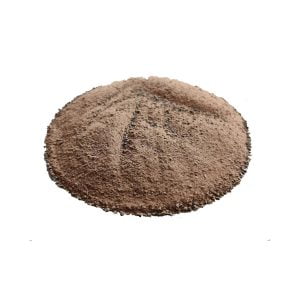Description
Commiphora wildii and Commiphora tenuipetiolata are two species of trees commonly known as Omumbiri and Satin-bark Corkwood, respectively. These trees are native to regions in southern Africa, particularly Namibia, and have cultural and traditional significance for the communities living in those areas.
Omumbiri (Commiphora wildii):
Traditional Uses: Omumbiri is highly valued by the indigenous Himba people of Namibia and has been used in their cultural and cosmetic practices:
- Cosmetic and Fragrance: Omumbiri resin is used as a cosmetic product by the Himba people. It’s mixed with ochre to create a fragrant paste that is applied to the body and hair. This practice has cultural and aesthetic significance.
- Traditional Medicine: In traditional African medicine, various Commiphora species have been used for their potential medicinal properties. However, specific uses of Omumbiri in traditional medicine may vary among different communities.
Satin-bark Corkwood (Commiphora tenuipetiolata):
Traditional Uses: Satin-bark Corkwood has also been used by indigenous communities in Namibia for various purposes:
- Cultural Significance: Just like Omumbiri, Satin-bark Corkwood has cultural and traditional significance for the communities that have lived in close connection with these trees for generations.
- Potential Traditional Uses: Similar to other Commiphora species, Satin-bark Corkwood might have been used for potential health-related purposes in traditional medicine, although specific uses can vary.
Cultural Importance: Both Omumbiri and Satin-bark Corkwood showcase the deep connection between nature, culture, and traditional practices in the regions where they are found. These trees are not only used for practical purposes but also hold cultural value and play a role in maintaining cultural identity and heritage.
Caution and Considerations:
- Cultural Sensitivity: When discussing and considering the use of plants like Omumbiri and Satin-bark Corkwood, it’s important to approach the topic with cultural sensitivity and respect for the traditional practices and knowledge of the communities that have used these plants for generations.
- Responsible Harvesting: If you’re interested in obtaining products derived from these trees, such as Omumbiri resin, ensure that they are sourced responsibly and sustainably, respecting the local communities and ecosystems.
- Cultural Exchange: Learning about and appreciating the cultural and traditional significance of plants like Omumbiri and Satin-bark Corkwood can be an opportunity for cultural exchange and understanding.
Given the cultural and traditional importance of these trees, it’s important to approach them with respect and awareness of their significance to the communities that have valued them for centuries. When discussing or using plants with cultural and traditional significance, it’s always advisable to prioritize cultural sensitivity and informed understanding.





Reviews
There are no reviews yet.